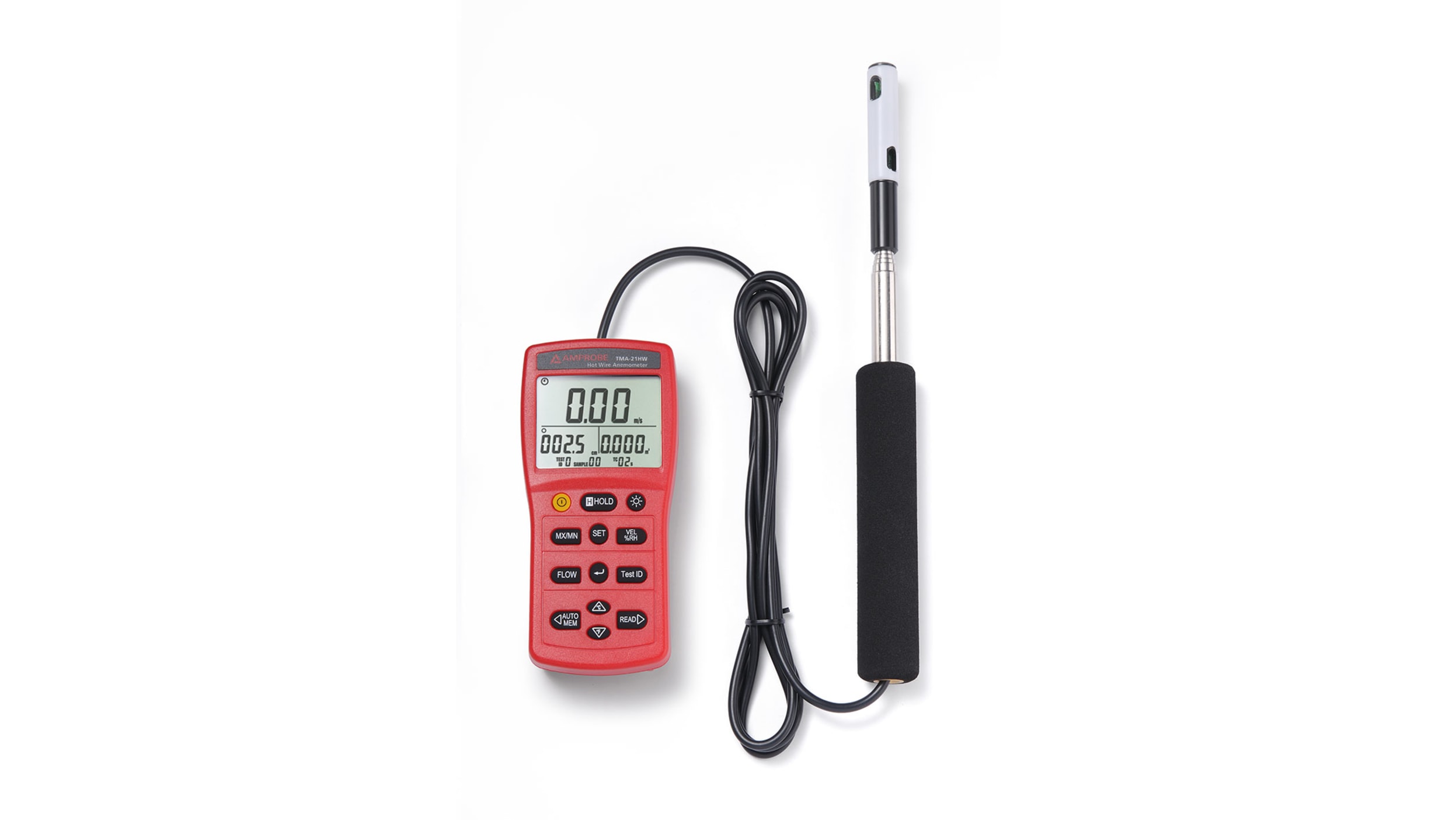Exploring the Functions and Benefits of Anemometers for Weather Fanatics and Specialists
From cup anemometers to sonic anemometers, each kind brings its distinct set of applications and advantages, losing light on different aspects of climatic conditions. As we delve right into the functions and advantages of anemometers, a deeper understanding arises not only of dominating weather condition sensations however also of the more comprehensive ramifications for sectors like wind power production and ecological research.
Value of Anemometers in Weather Surveillance
Anemometers play a critical function in climate tracking by giving precise dimensions of wind speed, aiding in projecting and understanding weather patterns. These tools, ranging from standard cup anemometers to contemporary ultrasonic anemometers, are essential for meteorologists, researchers, and climate enthusiasts alike. By determining wind rate, anemometers help in establishing the intensity of weather condition sensations such as storms, cyclones, and hurricanes. Furthermore, they give valuable data for aviation, maritime operations, and numerous markets that are delicate to wind problems.

Sorts Of Anemometers and Their Applications
The most typical types of anemometers consist of cup anemometers, vane anemometers, hot-wire anemometers, and ultrasonic anemometers. Mug anemometers consist of 3 or four cups mounted on straight arms that revolve with the wind, measuring its speed. Vane anemometers, on the various other hand, utilize an openly turning vane to straighten with the wind direction, giving both wind speed and instructions dimensions.
Each sort of anemometer has its one-of-a-kind advantages and applications. Mug anemometers are ideal and robust for basic weather tracking, while vane anemometers are preferred for directional measurements. Hot-wire anemometers are sensitive to reduced air velocities, making them suitable for indoor environments. Ultrasonic anemometers are non-intrusive and use high accuracy, typically made use of in research and specialized weather condition surveillance applications. Comprehending the features and applications of each type of anemometer is important for picking one of the most appropriate instrument for details weather checking needs.
Advantages of Utilizing Anemometers in Forecasting
In meteorology, the use of anemometers provides vital benefits for boosting the accuracy of climate forecasting. Anemometers measure wind rate and instructions, supplying vital data for anticipating weather patterns. By including wind information into forecasting versions, meteorologists can much better comprehend the movement of weather systems, prepare for modifications in weather, and concern a lot more accurate forecasts.
In addition, anemometers play a crucial role in assessing possible weather condition hazards. Monitoring wind rates helps forecasters forecast serious weather occasions such as cyclones, tornadoes, and winter months storms with better accuracy. This very early warning system enables authorities to provide timely informs and execute essential security measures, minimizing the risks to life and property.
Furthermore, anemometers assist in enhancing renewable resource manufacturing. By analyzing wind patterns, meteorologists can determine suitable places for wind farms and predict power result, adding to the reliable generation of wind power.

Anemometers in Wind Power Production
Given the vital duty anemometers play in providing accurate wind data for weather condition projecting and danger analysis, their significance encompasses the realm of wind energy production. Anemometers are necessary tools in the area of wind power, where the dimension of wind anemometer rate and instructions is crucial for identifying the expediency and effectiveness of wind turbine setups. By blog here precisely determining wind speeds at varying heights, anemometers assist enhance the placement and design of wind turbines to optimize power outcome.
In wind farms, anemometers are tactically placed to collect real-time wind data that is used to analyze the possible energy production of a website. This information contributes in figuring out the economic practicality of wind energy projects and in projecting power generation to guarantee grid stability. Additionally, anemometers aid in keeping track of wind conditions to optimize generator efficiency, stop damage from high winds, and ensure the safety and security of employees functioning in the vicinity of wind generators.
Enhancing Weather Condition Recognizing With Anemometers

Anemometers play a crucial function in improving our understanding of microclimates. These localized weather conditions can differ dramatically from more comprehensive local projections, making it important to have precise data for specific areas. anemometer. By purposefully positioning anemometers in different places, researchers can collect in-depth info on how wind behaves in various terrains, urban environments, or bodies of water
In addition, anemometers add to enhancing weather projecting designs by offering real-time information on wind habits. This information is particularly important for forecasting serious weather occasions, enhancing agricultural techniques, and supporting industries like aeronautics and maritime navigation. On the whole, anemometers are very useful instruments that allow us to dig deeper right into the complexities of weather condition systems, ultimately bring about more better-informed decisions and exact predictions.
Verdict
In verdict, anemometers play an essential duty in climate monitoring and forecasting by determining wind rate and instructions. Anemometers also have applications in wind energy production, additional highlighting their relevance in both weather forecasting and renewable energy industries.
From cup anemometers to sonic anemometers, each type brings its special collection of benefits and applications, shedding light on various aspects of atmospheric conditions. These instruments, ranging from conventional mug anemometers to contemporary ultrasonic anemometers, are crucial for meteorologists, researchers, and weather enthusiasts alike. The most common types of anemometers include mug anemometers, vane anemometers, hot-wire anemometers, and ultrasonic anemometers. Mug anemometers are ideal and durable for basic climate surveillance, while vane anemometers are preferred for directional dimensions. Anemometers are necessary tools in the area of wind energy, where the measurement of wind speed and direction is crucial for identifying get redirected here the feasibility and efficiency of wind turbine installments.
Comments on “Expert Tips for Adjusting Your Anemometer for Optimum Efficiency”